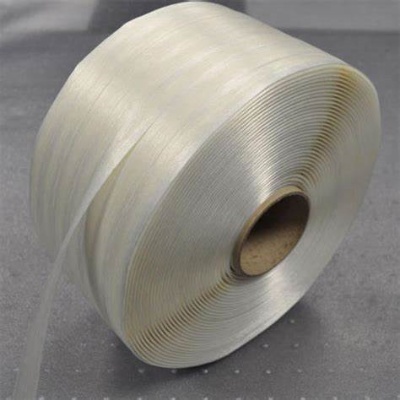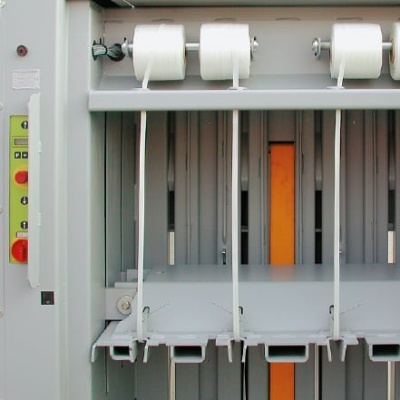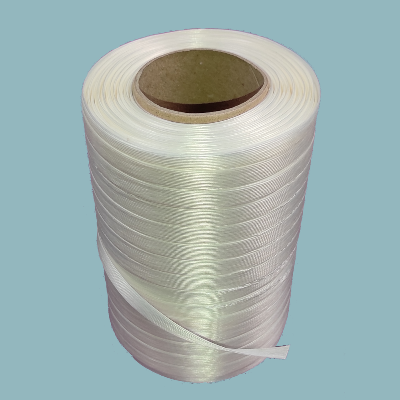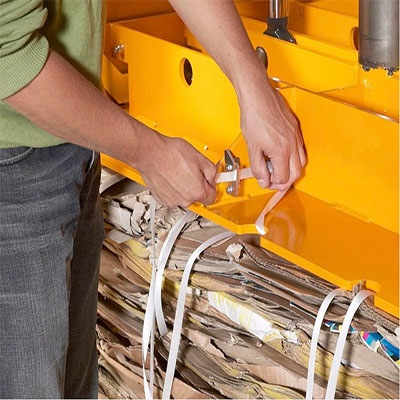Bonded Strapping: The Ideal Choice for Waste Management and Recycling
In today’s world, efficient waste management and recycling are crucial for environmental sustainability. Industries and businesses continuously seek cost-effective, durable, and reliable solutions to secure waste materials for transportation and processing. One such solution that has gained widespread recognition is bonded strapping. This innovative strapping material offers high strength, flexibility, and eco-friendly benefits, making it the ideal choice for waste management and recycling operations.
What is Bonded Strapping?
Bonded strapping is a high-performance packaging material made from synthetic fibers, often polyester. It is designed to secure heavy loads, replace traditional steel strapping, and provide a safer, more efficient alternative in various industries, including recycling. Unlike steel straps, bonded strapping does not rust or corrode, ensuring long-term durability in harsh environments.
This strapping is particularly valuable in recycling because it can withstand high tension and secure compressed waste materials effectively. It is also lightweight, reducing handling risks and transportation costs.


The Role of Bonded Strapping in Waste Management
1. Securing Baled Waste Materials
One of the primary uses of bonded strapping in waste management is securing bales of recyclable materials such as paper, plastic, metal, and textiles. Waste materials are compacted into bales to optimize storage and transportation efficiency. However, without strong and durable strapping, these bales may become unstable and unsafe for handling.
Bonded strapping ensures that the bales remain tightly secured, reducing the risk of breakage during transit. This improves safety for workers and minimizes material loss, making the recycling process more efficient and cost-effective.
2. Enhancing Efficiency in Waste Handling
Recycling facilities handle vast amounts of waste daily, requiring fast and efficient solutions for bundling and transporting materials. Bonded strapping is easy to apply, either manually or using automatic strapping machines, reducing the time and labor required for waste processing.
Moreover, its high tension retention ensures that waste materials remain securely bound for extended periods, even under changing environmental conditions. This reliability makes bonded strapping a preferred choice for waste baling and storage.
3. Reducing Environmental Impact
A major concern in waste management is the environmental impact of packaging materials. Many traditional strapping materials, such as steel or plastic, contribute to pollution and require significant energy for production.
Bonded strapping, particularly when made from recycled or biodegradable materials, offers a more sustainable alternative. It can be reused in certain applications, reducing the demand for new raw materials. Additionally, it generates less waste and does not release harmful chemicals into the environment, aligning with global sustainability goals.
4. Improving Workplace Safety
Safety is a critical factor in waste management facilities, where workers frequently handle heavy bales of materials. Traditional steel strapping poses risks such as sharp edges and potential recoil injuries. In contrast, bonded strapping is safer to handle, as it does not snap violently when cut and has no sharp edges.
This makes it an ideal solution for workplaces where worker safety is a priority. By reducing injuries and improving operational safety, bonded strapping helps create a more efficient and productive work environment.


Industries Benefiting from Bonded Strapping in Waste Recycling
Several industries rely on bonded strapping for their waste management needs, including:
- Paper and Cardboard Recycling – Securing paper and cardboard bales for transport.
- Plastic Recycling – Binding plastic waste before reprocessing.
- Scrap Metal Recycling – Holding together bundles of lightweight metal scrap.
- Textile Recycling – Compressing and securing used textiles for shipment.
- Food and Beverage Industry – Managing packaging waste and securing compressed materials.
Conclusion
Bonded strapping is a game-changer in waste management and recycling. Its high strength, flexibility, environmental benefits, and safety make it an ideal solution for securing baled waste materials. As industries continue to prioritize sustainability and efficiency, bonded strapping stands out as the preferred choice for improving waste handling processes.
By adopting bonded strapping in recycling operations, businesses can enhance efficiency, reduce costs, and contribute to a greener future.
